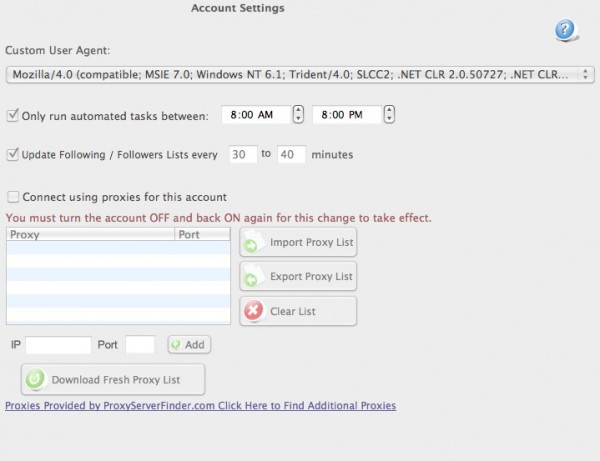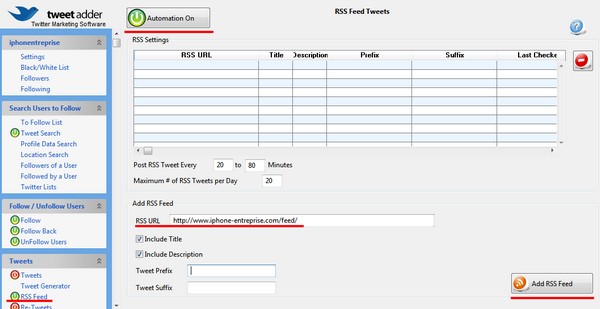


they tweet content that is offensive or irritating.You may choose to unfollow someone because: While it is absolutely not okay to follow people in order to get them to follow you back and then unfollow them so that you can sneakily increase your follower-following ratio, it is okay to unfollow for other reasons. I assure you there are instances when unfollowing tweeps becomes necessary for enhancing your Twitter experience. Why you sometimes need to unfollow tweeps and the 5 best apps to help you do itĪt first glance, unfollowing may seem to be a slap in the face of the free-spirited, open-communication platform that is our beloved Twitter. I’ll tell you why you should consider doing it and how. Every Friday, I’ll give you something new to think about, something quick and easy. My intent is to draw focus to special tricks of which you may not have been previously aware. This is a post by Novel Publicity President, Emlyn Chand/ On Quick Tips Fridays, you’ll find short and sweet articles with advice about social media, blogging, and sometimes even writing. Future work should develop standardized reporting guidelines for health researchers who use Twitter and policies that address privacy and ethical concerns in social media research.2 The 5 best Twitter unfollow apps and why you need to use them Twitter-based health research is a growing field funded by a diversity of organizations. Many data elements discernible from a user's Twitter profile, especially demographics, have been underreported in the literature and can provide new opportunities to characterize the users whose data are analyzed in these studies. We identified a new taxonomy to describe Twitter use in health research with 6 categories. Primary funding sources included federal (63%), university (13%), and foundation (6%). Approximately one third of the studies mentioned ethical board approval in their articles. Public health (23% n = 31) and infectious disease (20% n = 28) were the research fields most commonly represented in the included studies.

Most studies were published recently (33% in 2015). The Twitter-based studies in this review focused on a small subset of data elements including content analysis, geotags, and language. Of 38 potential data features describing tweets and Twitter users, 23 were reported in fewer than 4% of the articles. These studies collectively analyzed more than 5 billion tweets primarily by using the Twitter application program interface. The primary approaches for using Twitter in health research that constitute a new taxonomy were content analysis (56% n = 77), surveillance (26% n = 36), engagement (14% n = 19), recruitment (7% n = 9), intervention (7% n = 9), and network analysis (4% n = 5).

Of 1110 unique health-related articles mentioning Twitter, 137 met eligibility criteria. Two authors independently screened studies and abstracted data related to the approach to analysis of Twitter data, methodology used to study Twitter, and current state of Twitter research by evaluating time of publication, research topic, discussion of ethical concerns, and study funding source. We searched for peer-reviewed original research studies that primarily used Twitter for health research. We performed a literature search in PubMed, Embase, Web of Science, Google Scholar, and CINAHL through September 2015. To systematically review the use of Twitter in health research, define a taxonomy to describe Twitter use, and characterize the current state of Twitter in health research. Less is known about the use of social media data sources, such as Twitter, for this purpose. Researchers have used traditional databases to study public health for decades.


 0 kommentar(er)
0 kommentar(er)
